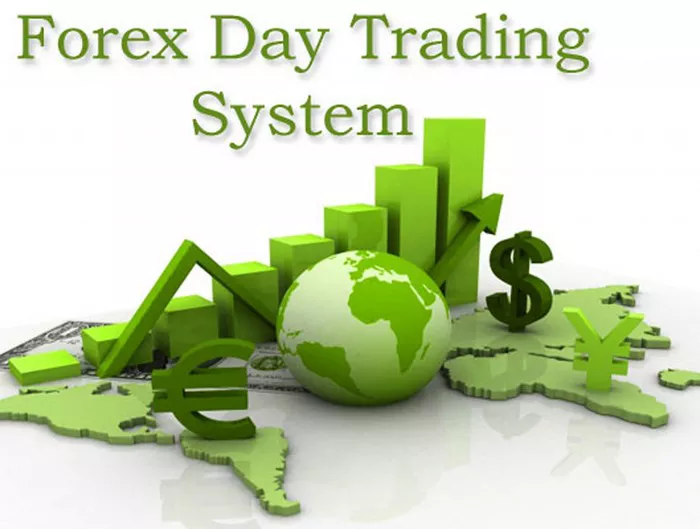When evaluating a company for investment in the stocks market, one of the most commonly cited and analyzed metrics is the price-to-earnings ratio, or P/E ratio. This simple yet powerful valuation tool plays a crucial role in helping investors determine whether a stock is overvalued, undervalued, or fairly priced. Although widely used, the P/E ratio is often misunderstood or misapplied, especially by newer investors. In this comprehensive article, we will explore the P/E ratio in-depth — including what it measures, how it’s calculated, what it reveals about company valuation, and how it can be used effectively in stock analysis. We will also examine its strengths, limitations, different types, and its role in various investing strategies.
What Is the P/E Ratio?
The P/E ratio stands for “price-to-earnings” ratio. It is a valuation metric that compares a company’s current stock price to its earnings per share (EPS). In simple terms, the P/E ratio tells you how much investors are willing to pay for one dollar of a company’s earnings. The formula is:
P/E Ratio = Market Price per Share / Earnings per Share (EPS)
If a stock is trading at $100 and its EPS is $5, then the P/E ratio is 20. This means investors are willing to pay $20 for every $1 of earnings the company generates.
Types of P/E Ratios
There are two main types of P/E ratios:
Trailing P/E: Uses earnings from the past 12 months. It is based on historical data and is most commonly reported.
Forward P/E: Uses projected earnings over the next 12 months. It gives insight into expectations about future profitability.
Understanding both versions can help you get a clearer picture of a company’s current performance and its growth outlook.
Why the P/E Ratio Matters
The P/E ratio is important because it provides a standardized way to value companies. It allows investors to compare businesses of different sizes across industries and geographies. A high P/E may indicate high future growth expectations, while a low P/E could mean the stock is undervalued or the company is facing difficulties.
How the P/E Ratio Reflects Market Sentiment
The P/E ratio reflects how much optimism or pessimism the market has about a company’s future. A very high P/E often means that investors believe a company has strong growth prospects. A very low P/E might indicate declining earnings or negative investor sentiment. It’s important to interpret these signals in context — sometimes the market overreacts, creating opportunities for value investors.
Understanding the “E” in P/E: Earnings
Earnings per share (EPS) is a key component of the P/E ratio. It is calculated as:
EPS = Net Income / Number of Outstanding Shares
Accurate and consistent earnings reporting is essential for the P/E ratio to be meaningful. Adjustments may be needed for one-time events or accounting changes.
Interpreting High vs. Low P/E Ratios
Here’s how to generally interpret P/E ratios:
High P/E: Suggests the stock is priced for high growth. This may be justified for innovative or fast-growing companies like tech startups.
Low P/E: May indicate undervaluation, or a company that is out of favor. It could also signal earnings problems or weak future outlooks.
Neither is inherently good or bad — context is everything. Comparing a stock’s P/E to industry averages and historical norms is crucial.
P/E Ratio and Industry Comparisons
Different industries have different average P/E ratios. For example, tech firms often have higher P/Es than utility companies because of differing growth rates and risk profiles. Comparing companies within the same sector helps make more meaningful conclusions.
Using the P/E Ratio in Growth Investing
Growth investors often accept higher P/E ratios because they believe the company will grow earnings significantly in the future. The key is to assess whether the high price is supported by realistic growth expectations. Forward P/E is particularly useful in this case.
P/E Ratio in Value Investing
Value investors prefer lower P/E ratios, seeking stocks that appear undervalued relative to their earnings. These stocks may be trading at a discount due to market pessimism, cyclical downturns, or overlooked fundamentals. The idea is that the market will eventually recognize the company’s true worth.
Limitations of the P/E Ratio
Despite its usefulness, the P/E ratio has limitations:
Ignores Debt Levels: A company may have high earnings but unsustainable debt.
Does Not Consider Growth: A low P/E stock may be shrinking.
Subject to Accounting Manipulation: EPS can be distorted by one-time events.
Not Useful for Non-Earning Companies: P/E becomes meaningless if earnings are negative.
Alternatives to the P/E Ratio
Investors often use other metrics in conjunction with P/E:
PEG Ratio (Price/Earnings to Growth): Adjusts P/E for expected growth rates.
P/B Ratio (Price to Book): Compares stock price to book value per share.
EV/EBITDA: Useful for comparing companies with different capital structures.
These tools provide a more holistic view of a company’s value and prospects.
P/E Ratio Trends Over Time
Monitoring a company’s historical P/E trends can provide insight into market perception and earnings stability. A rising P/E might indicate investor confidence, while a falling P/E might signal trouble or underperformance. This trend analysis helps frame current valuations within a broader context.
Market-Wide P/E Ratios
Index-level P/E ratios, such as the S&P 500’s average P/E, provide a snapshot of overall market valuation. Historically, the average P/E for the S&P 500 has ranged between 15 and 20. Significant deviations may indicate market overvaluation or underreaction.
How Macroeconomic Factors Affect P/E Ratios
Interest rates, inflation, and economic growth affect how investors view risk and reward, which in turn affects P/E ratios. Lower interest rates often justify higher P/Es due to cheaper borrowing and stronger earnings. Economic uncertainty or recession fears can push P/Es down.
P/E Ratio and Risk Assessment
High P/E ratios are not just about growth — they also reflect market confidence and lower perceived risk. Conversely, a low P/E might indicate the market sees risk in the company’s earnings stability. Always assess risk factors such as debt, industry competition, and regulatory changes.
Case Study: Comparing Two Companies Using P/E
Let’s compare two hypothetical firms:
Company A: Stock price = $60, EPS = $3, P/E = 20
Company B: Stock price = $60, EPS = $6, P/E = 10
At first glance, Company B appears cheaper. However, Company A may be growing rapidly while Company B is mature or shrinking. Without examining future earnings expectations, a low P/E can be deceptive.
P/E Ratio in Different Economic Cycles
During bull markets, average P/E ratios often rise as investor optimism fuels price increases. In bear markets, prices fall faster than earnings, causing P/E ratios to decline. Understanding economic cycles helps investors adjust expectations and valuations accordingly.
Impact of Earnings Reports on P/E Ratio
Quarterly earnings announcements can significantly affect P/E ratios. A company that beats earnings estimates may see its price rise faster than EPS, inflating the P/E. Conversely, missing earnings targets can deflate the P/E quickly.
P/E Ratio and Stock Splits
Stock splits do not affect a company’s valuation or its P/E ratio. While the number of shares increases and the price per share decreases, EPS and price adjust proportionally, leaving the ratio unchanged.
Using P/E Ratio in International Investing
Investors analyzing foreign stocks must consider differences in accounting standards, tax regimes, and currency effects. P/E comparisons across countries can be misleading without adjusting for these factors. Regional economic health also plays a major role in valuation levels.
Tips for Using the P/E Ratio Effectively
Always compare to industry averages
Check both trailing and forward P/E
Watch for sudden changes in EPS
Use in combination with other valuation metrics
Conclusion
The P/E ratio remains one of the most widely used tools in equity valuation and analysis. It provides a quick snapshot of how the market values a company’s earnings, offering insights into market expectations, relative valuation, and growth potential. However, the P/E ratio is not a magic number. It must be understood in context — within the company’s sector, growth stage, and risk environment.
Whether you’re pursuing a stocks trading strategy or a long-term investment plan, mastering the interpretation and application of the P/E ratio can greatly enhance your decision-making process. Use it as a starting point, not an endpoint, and always pair it with thorough research, fundamental analysis, and a long-term perspective.
































